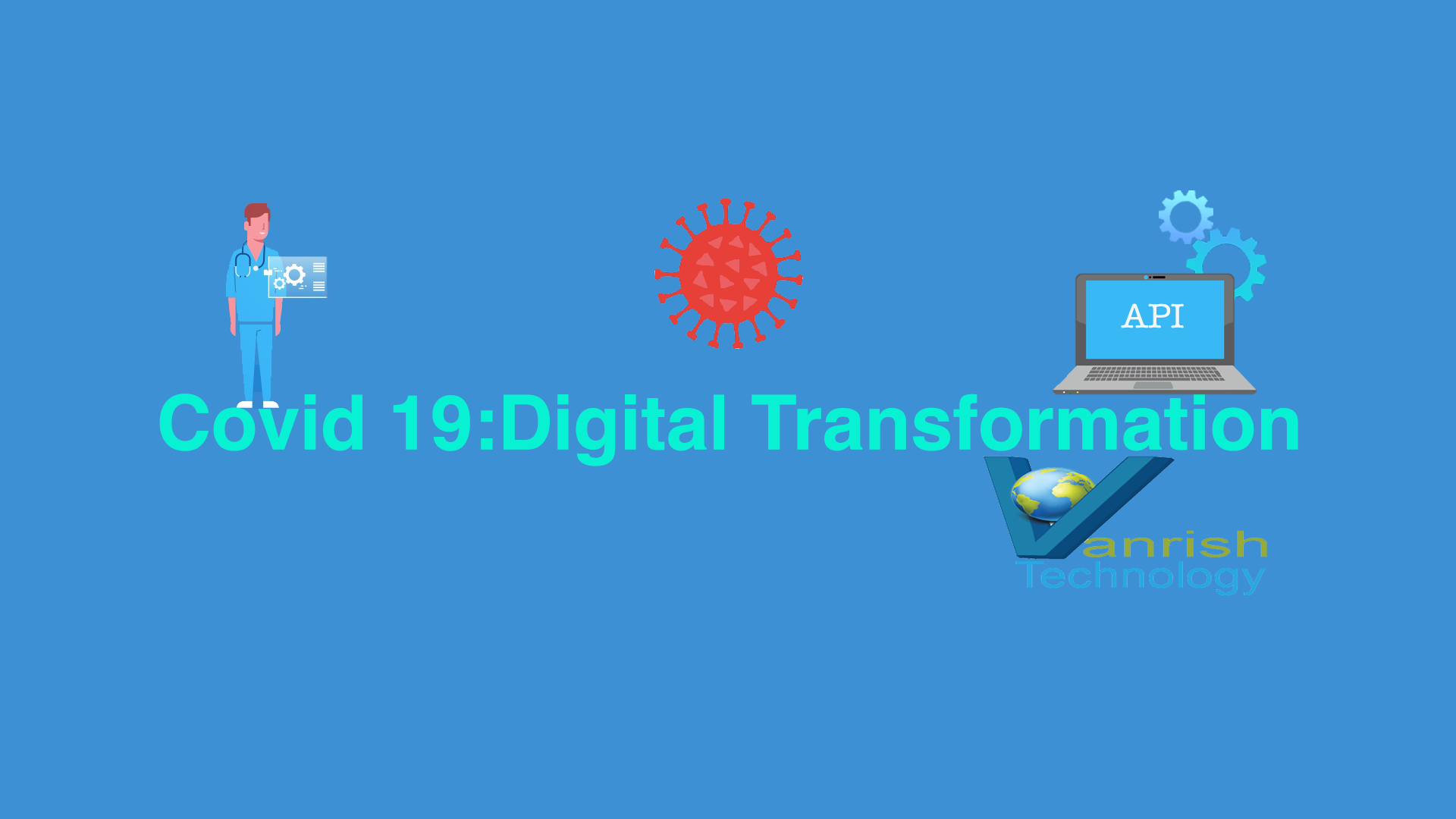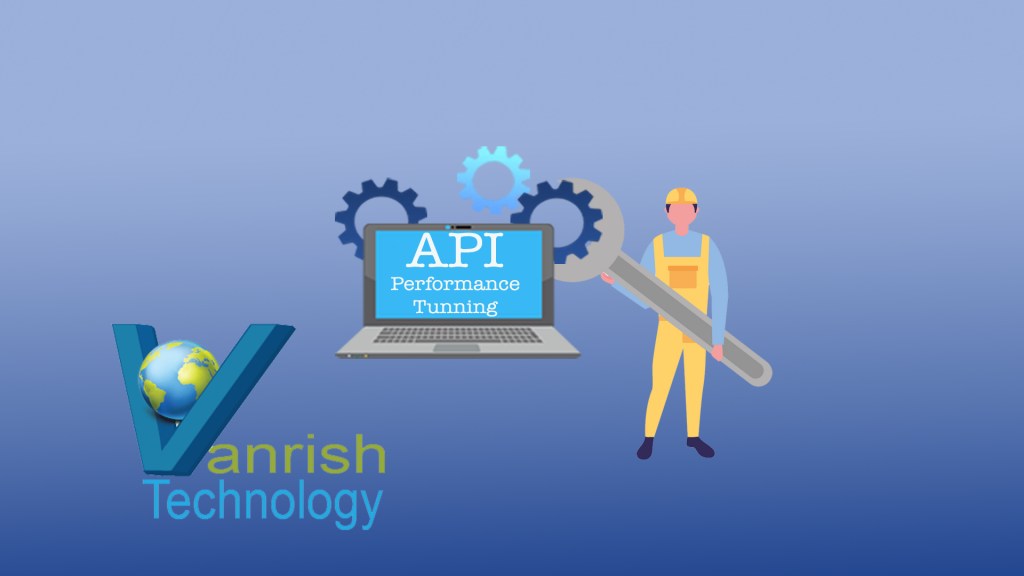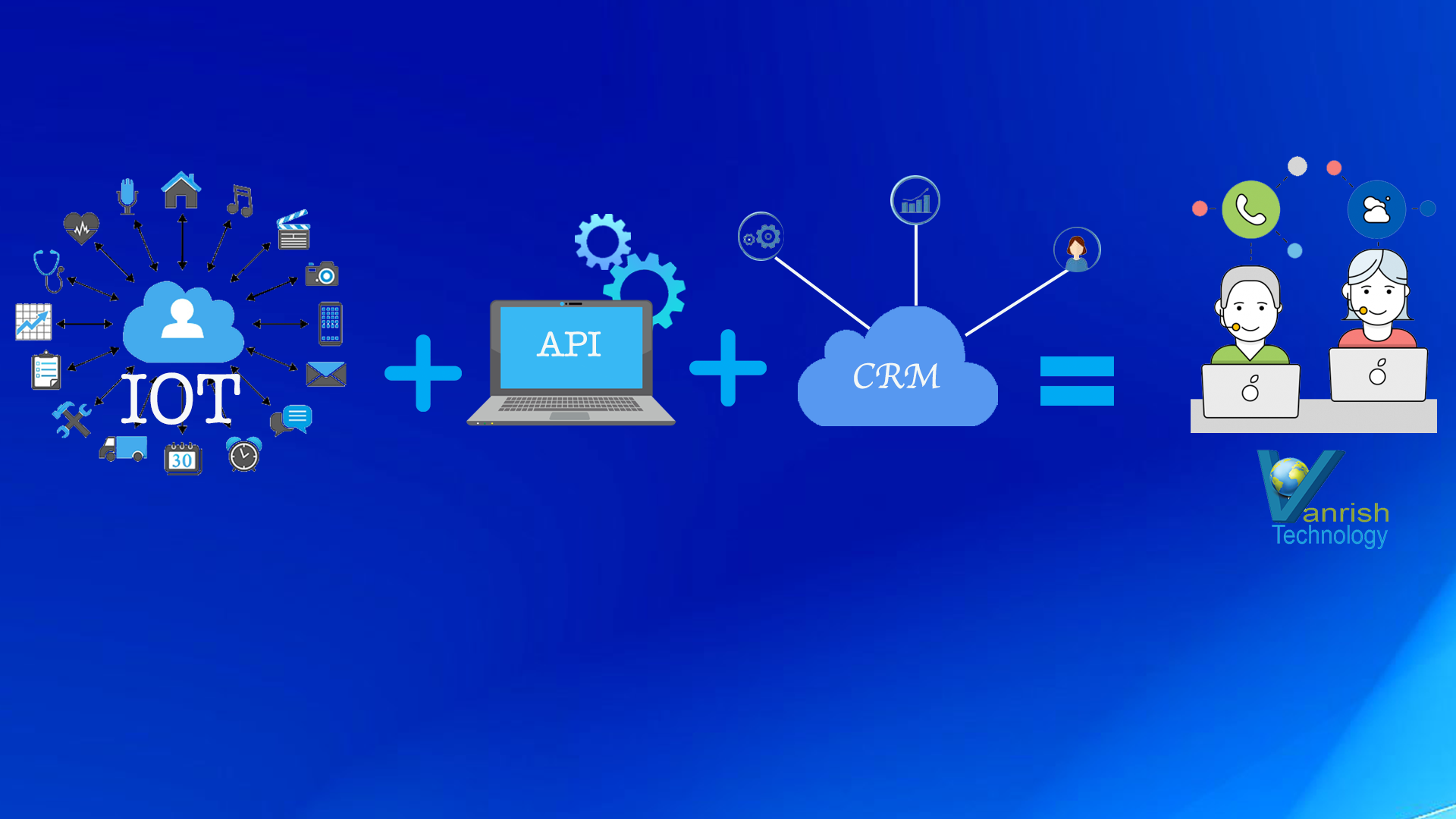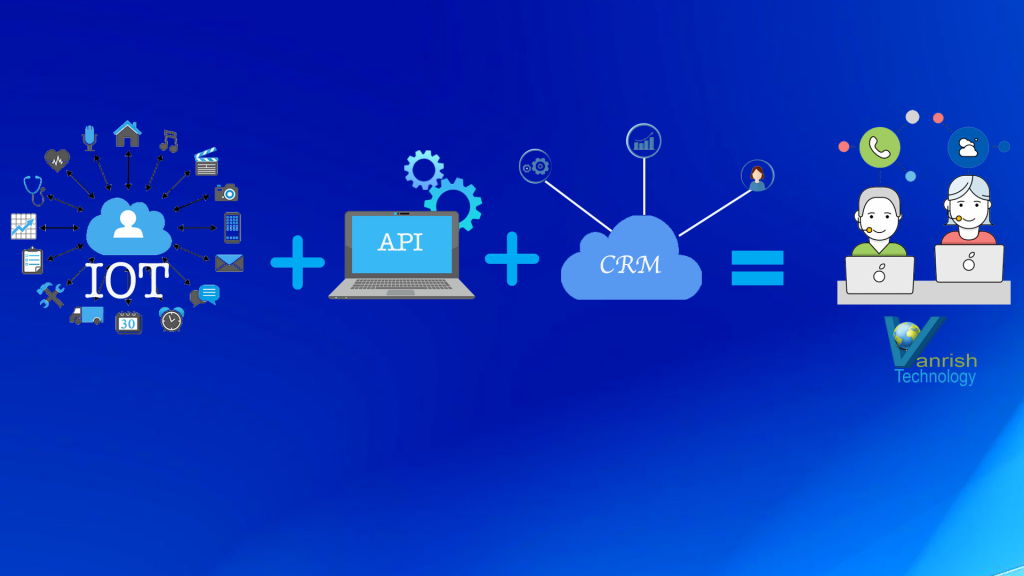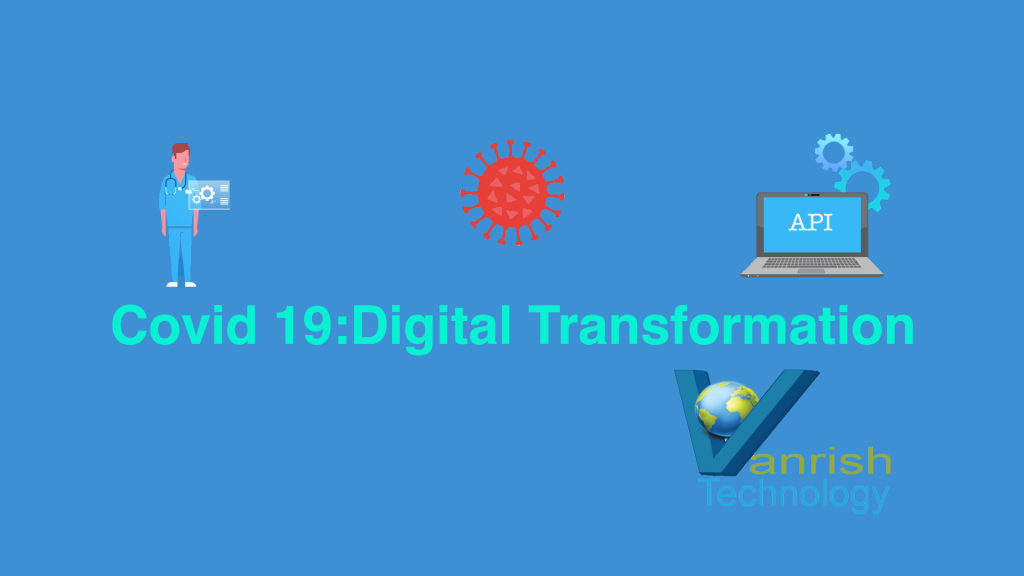
The coronavirus (COVID-19) outbreak is one of the worst pandemic in recent history. This pandemic is affecting almost every person in the world. This pandemic is changing our living style, working style and also affecting our society.
This pandemic crisis raised a number of unique challenges among small and enterprise businesses. Organizations are navigating the business and facing unique operational challenges and delivering their product to their customers during the pandemic.
During this COVID-19 pandemic crisis here are few business challenges
- Resource Management
- Client Management
- Digital/online transformation
- Employee Remote work management
In this pandemic crisis API is playing a pivotal role to help their customers to migrate their business into digital through digital transformation solutions. API is playing a pivotal role to expedite digital transformation. API is also providing a platform and solution for crisis management during this pandemic.
Here is API solution for business
- Make decisions — APIs are creating open platforms that expose critical COVID and organization data to enable organization proper management and tracking.These API enable data are helping to create dashboard and AI model. These dashboard and AI models help organizations to take decision or forecast their future strategy.
- Respond and deliveries — Tracking and Management APIs are enabling organizations to respond quickly for any crisis and deliver their product on time.This helps any organization to expand their business and digitalize their legacy system & assets.
- Return to work — APIs, templates and connectors are helping to unlock employee data. Organizations are integrating with ERP systems through APIs and unlocking their employee and resources data during pandemic. It is also facilitating/helping their employees to return their work during pandemic time either remote or onsite.
- Simplify delivery — Enabling APIs, templates and micro-services are helping to simplify and improve their business process during pandemic.This is also helping to enable new innovation within organization and opening new business opportunity.
Covid 19 is also expediting digital transformation in healthcare. It is reshaping the way humans interact with technology in healthcare and Public Health Agencies or Federal Regulators. COVID-19 is also pushing healthcare organizations to embrace the idea of digital health and intelligent data integration as a tool. “Contact tracing” during pandemics is only possible through enablement of APIs. Federal and state governments are getting “contact tracing” patient data through API and using this data to trace down the source of pandemic.
API is also enabling pharmaceutical industries to deliver medicine fast and on time. It is also helping to manage and track medicine dose and availability.
Conclusion: Covid is disrupting whole industries and pushing companies to digital transform their process forever.
Rajnish Kumar, the CTO of Vanrish Technology, brings over 25 years of experience across various industries and technologies. He has been recognized with the “AI Advocate and MuleSoft Community Influencer Award” from the Salesforce/MuleSoft Community, showcasing his dedication to advancing technology. Rajnish is actively involved as a MuleSoft Mentor/Meetup leader, demonstrating his commitment to sharing knowledge and fostering growth in the tech community.
His passion for innovation shines through in his work, particularly in cutting-edge areas such as APIs, the Internet Of Things (IOT), Artificial Intelligence (AI) ecosystem, and Cybersecurity. Rajnish actively engages with audiences on platforms like Salesforce Dreamforce, World Tour, Podcasts, and other avenues, where he shares his insights and expertise to assist customers on their digital transformation journey.


